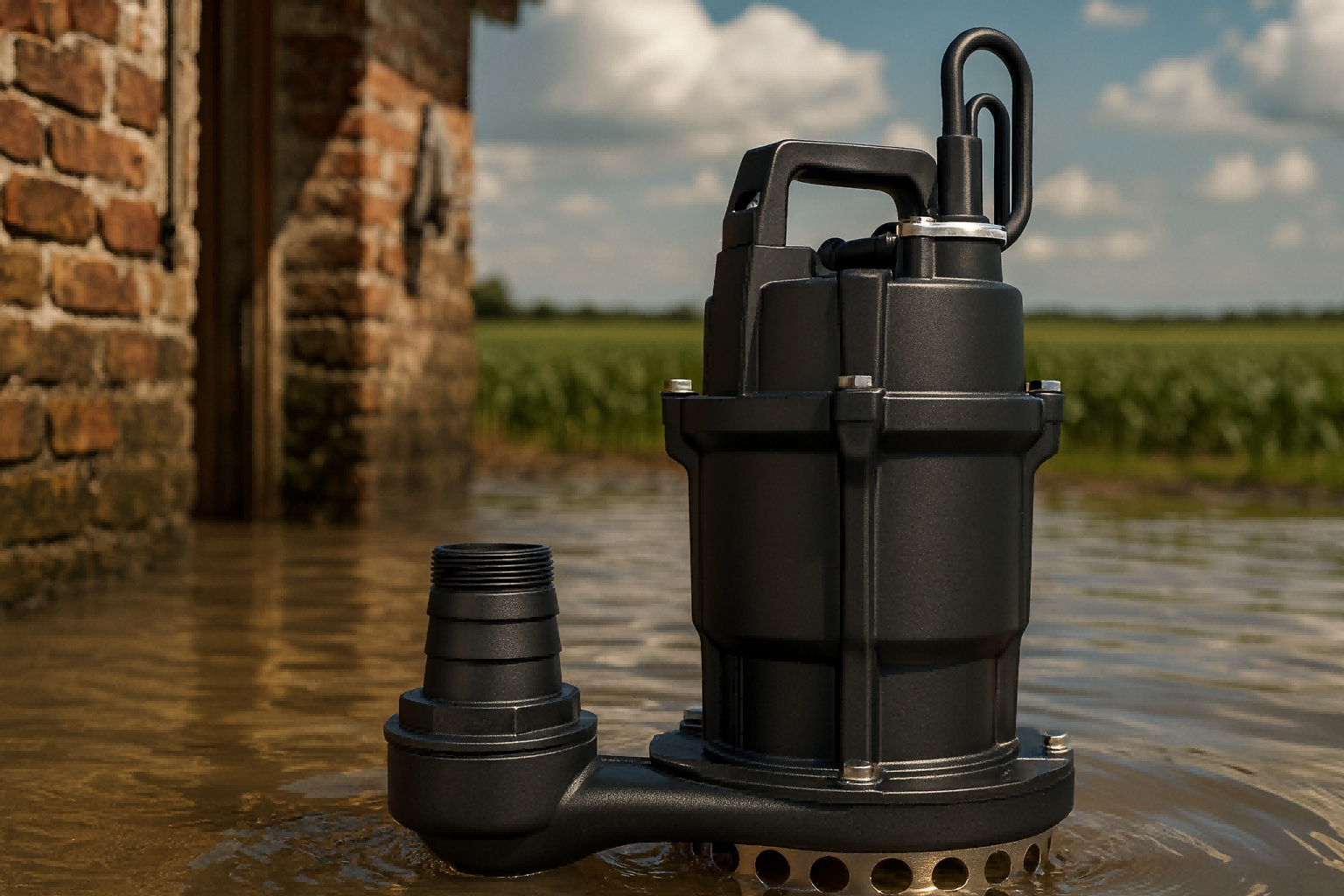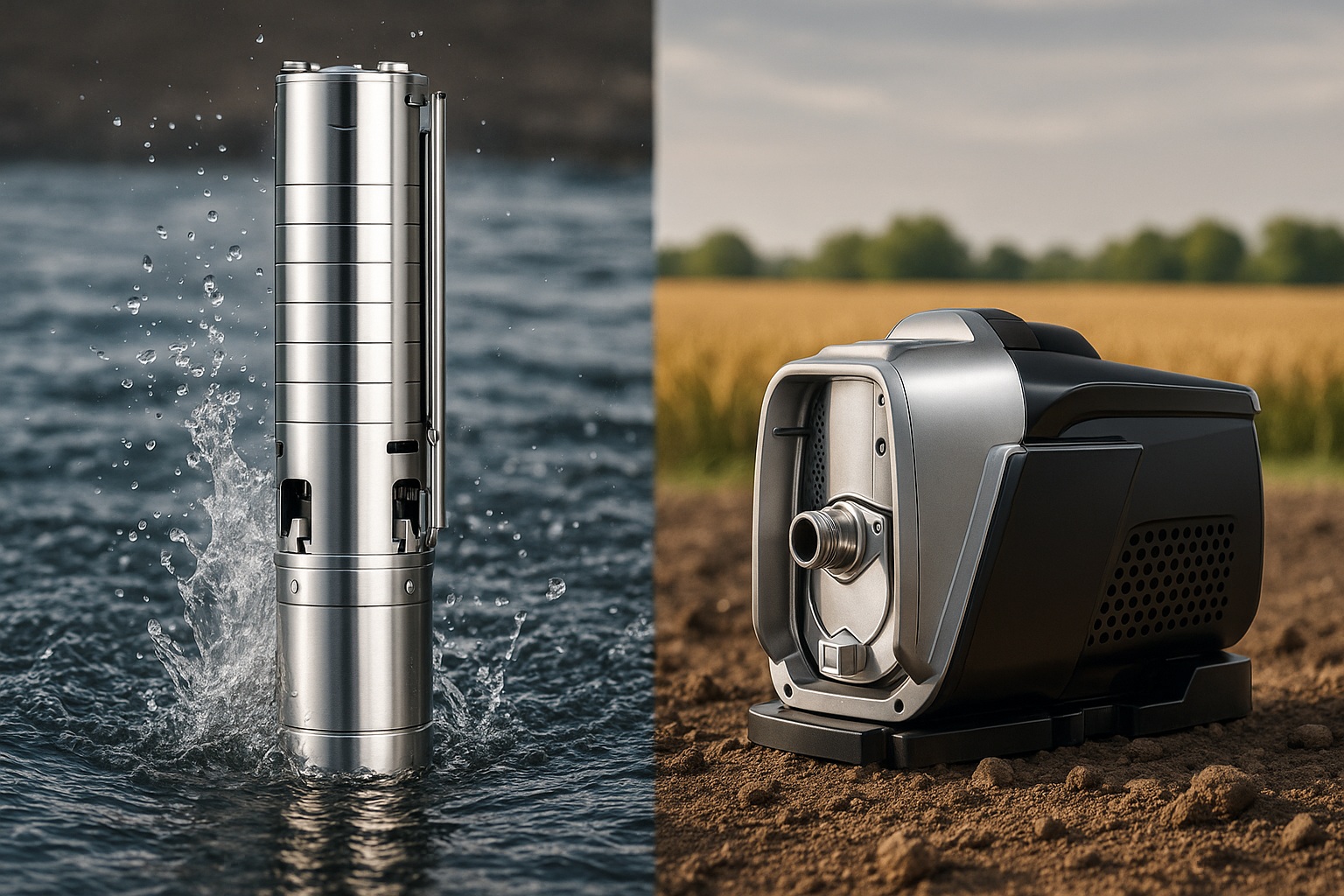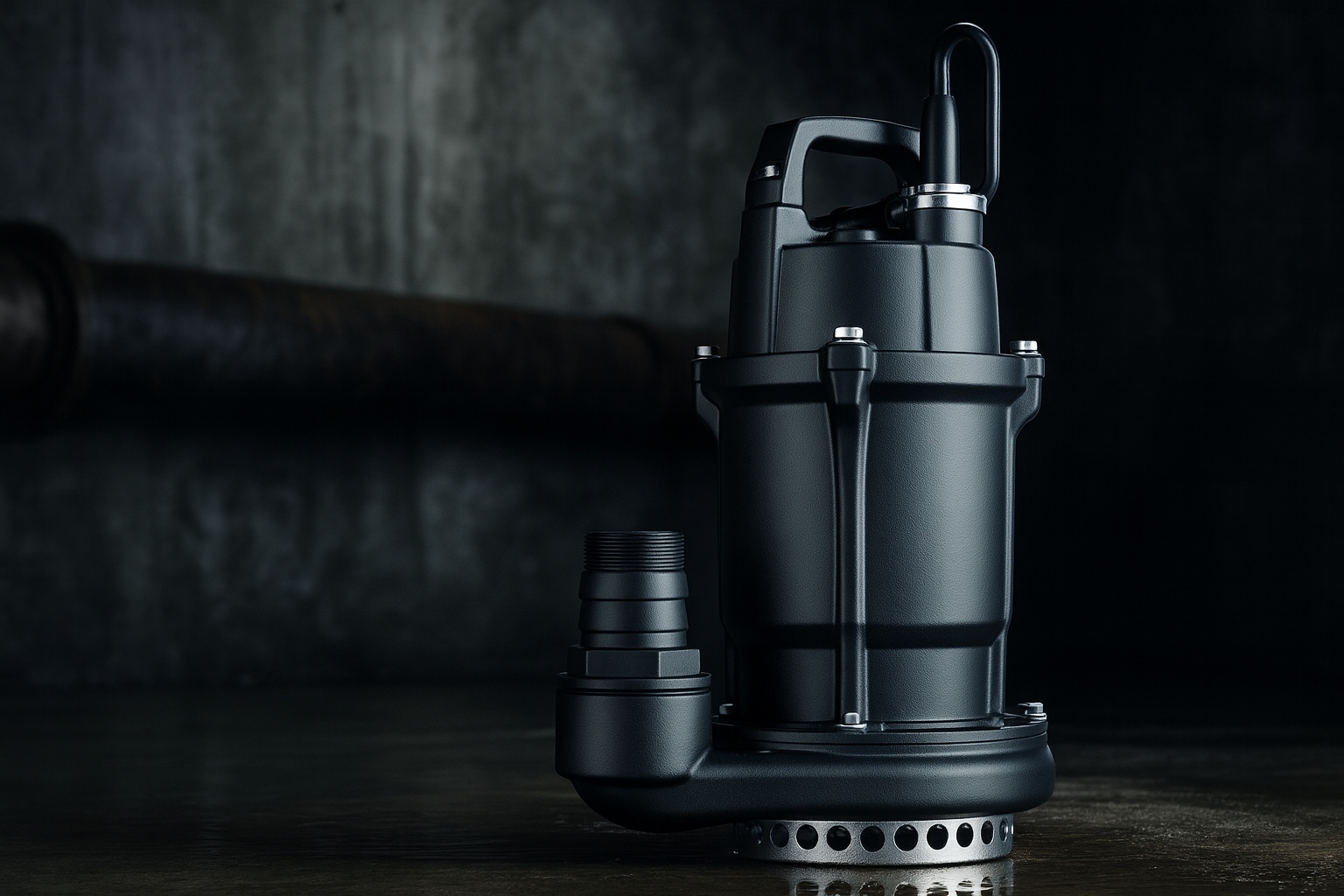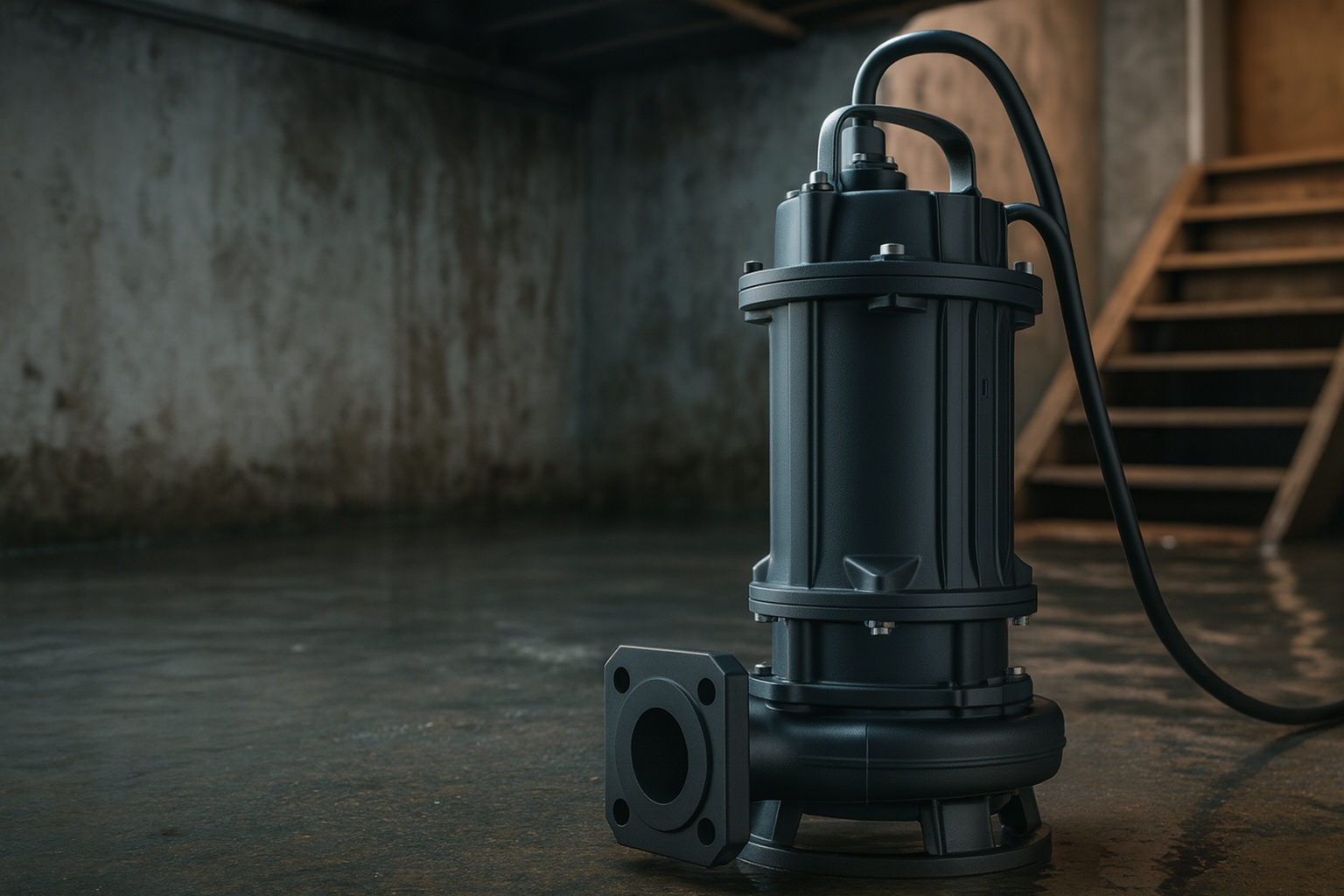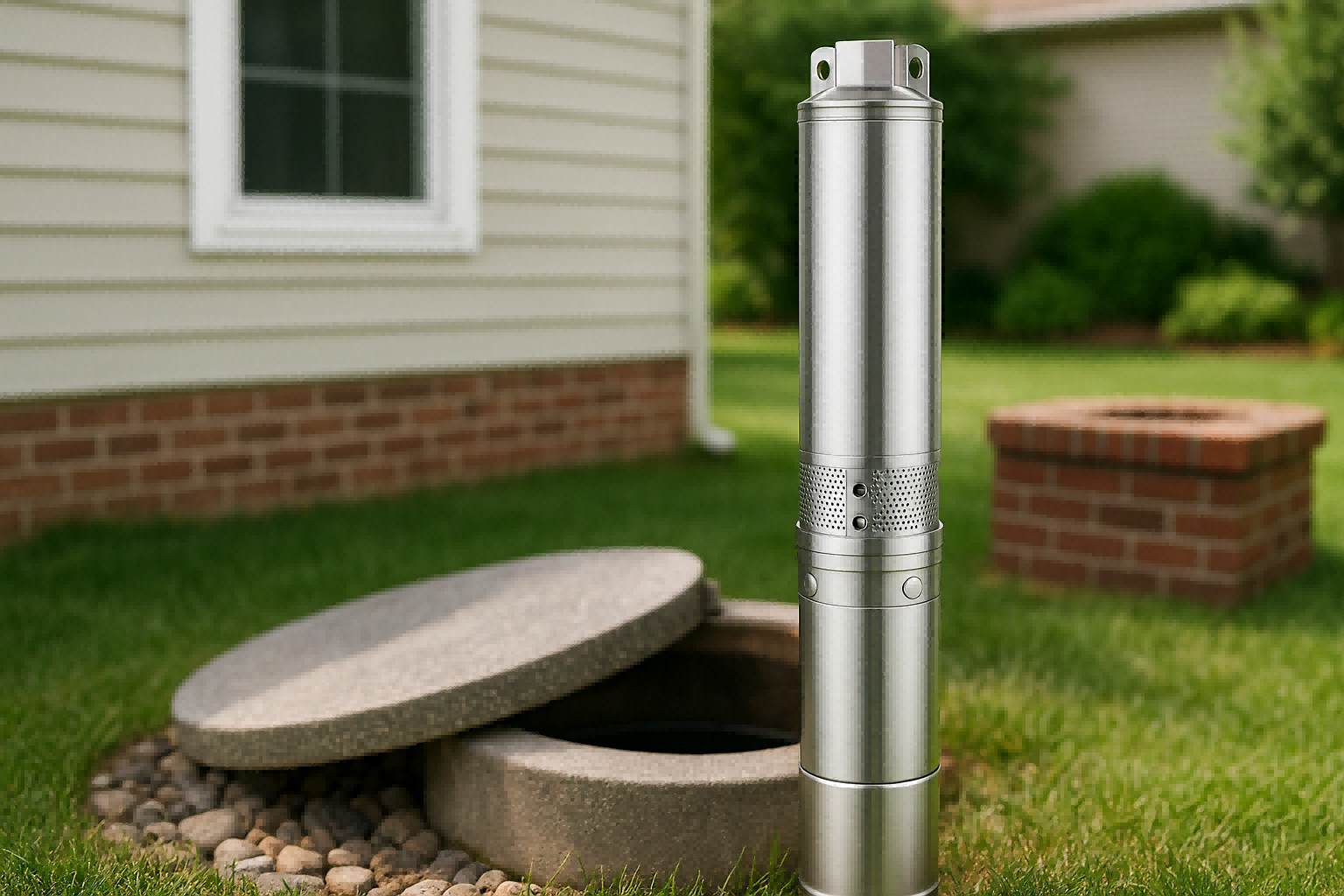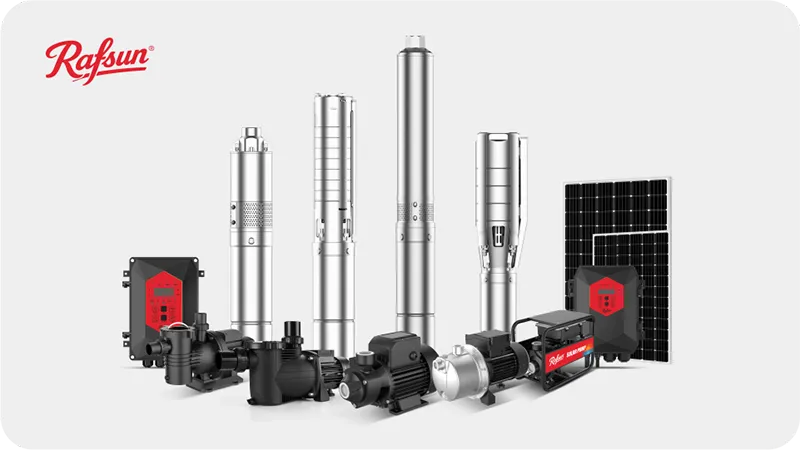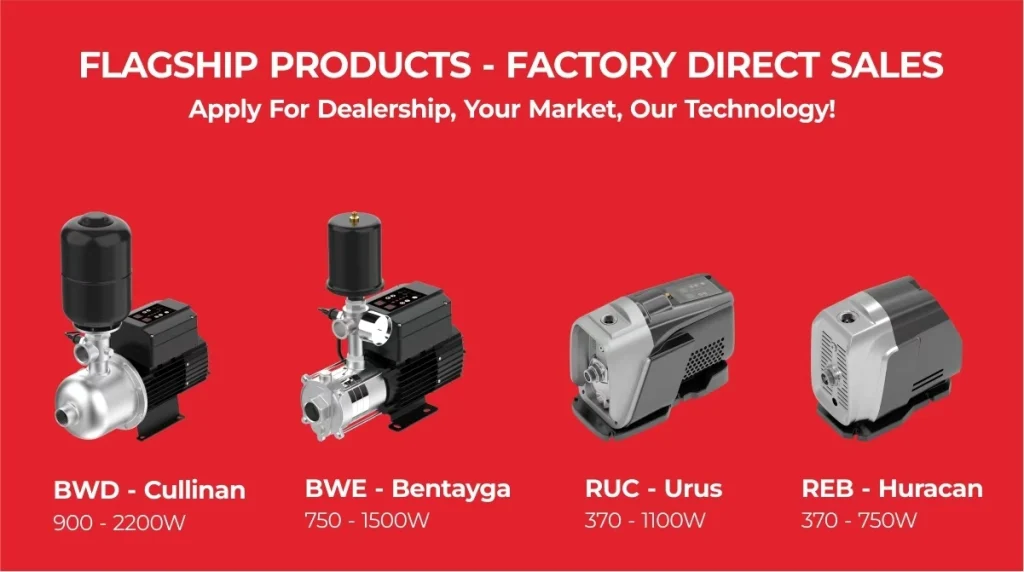Are you looking for a way to pump water where there is no grid power? The cost and unreliability of electricity can be a big problem for a consistent water supply.
A solar pump uses solar panels to convert sunlight into DC electricity. This power then runs a pump motor to move water from a source, like a well, to your desired location. It's a direct, simple, and clean way to get water using only the sun.
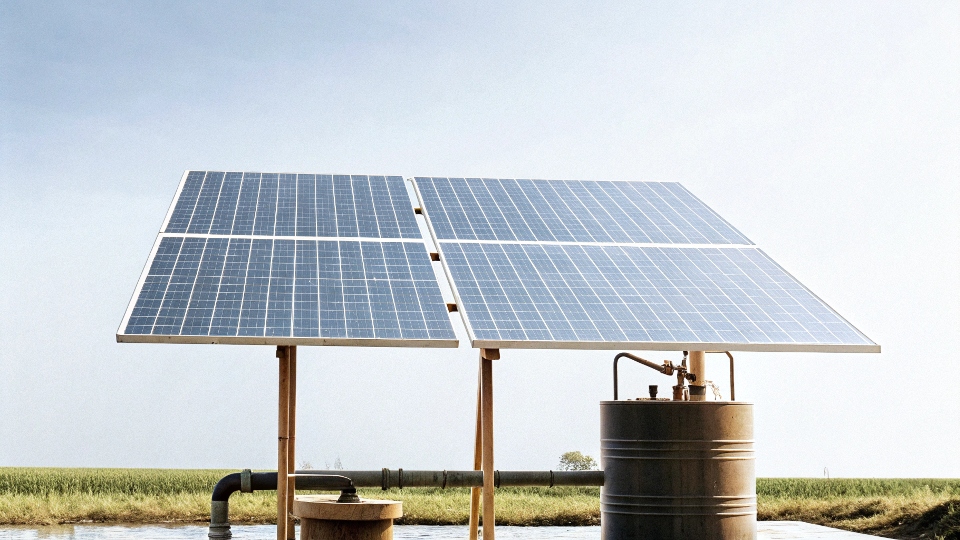
The basic concept seems very straightforward. Sunlight provides energy, and you get water. But after working in this industry for over ten years, I know that the details of how the components work together are what make a system truly reliable. People often have specific questions about how it all comes together. Let's break down the most common ones I receive.
How Does a Solar Water Pump Work in Detail?
Confused by the different parts of a solar pump system? Seeing the panels, controller, and pump can seem complex at first. But it is just three key parts working together.
The system has three main parts. Solar panels create DC electricity from sunlight. A controller manages this power and protects the pump. The pump, powered by the controller, moves the water. It’s a direct conversion of sunlight into water flow, simple and effective.
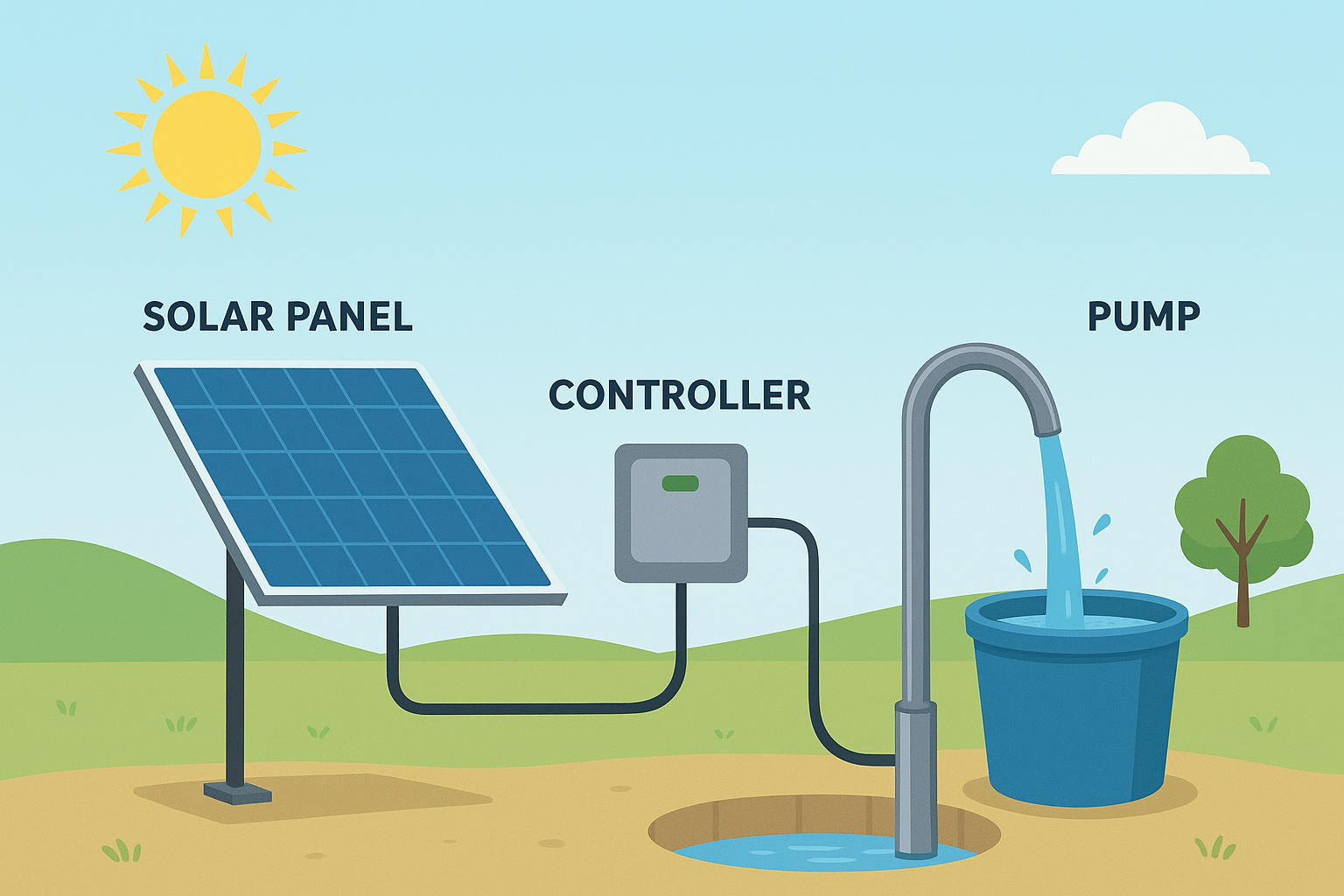
Let's look closer at each part of the system. I have designed and installed countless systems, and I find that understanding these three main components is key to seeing why these systems are so reliable. It always comes down to these three pillars working together perfectly.
1. The Solar Panels (The Power Source)
This is where the process begins. Photovoltaic (PV) panels are made of silicon cells. When sunlight strikes these cells, it creates an electric current. This electricity is a direct current, or DC. The size and number of panels you need depend on how much water you want to pump and the amount of sun in your location.
2. The Controller (The Brain)
The DC power from the panels then flows into the controller. In my opinion, this is the most critical part of the entire system. It performs two very important jobs. First, it uses a technology called Maximum Power Point Tracking (MPPT) to get the most power possible from the panels, even in cloudy conditions. Second, it protects the pump from electrical damage.
3. The Pump (The Muscle)
Finally, the controlled electricity travels to the pump motor. We use permanent magnet DC motors because of their high efficiency. The motor spins, which drives the pump and moves the water.
This table breaks down their functions:
| Component | Primary Function | Key Technology |
|---|---|---|
| Solar Panel | Converts sunlight into DC electricity. | Photovoltaic (PV) cells |
| Controller | Manages power and protects the system. | MPPT, Voltage Protection |
| Pump | Uses electricity to move water. | Permanent Magnet Motor |
Can I use a solar water pump without a controller?
Are you thinking about cutting costs on your solar pump setup? You might see the controller as an optional part. But skipping this component will quickly lead to major problems.
No, you cannot safely use a solar water pump without a controller. The controller is the system's brain. It maximizes the energy from your panels using MPPT technology and protects the expensive pump motor from damage. It is an essential component for efficiency and long life.
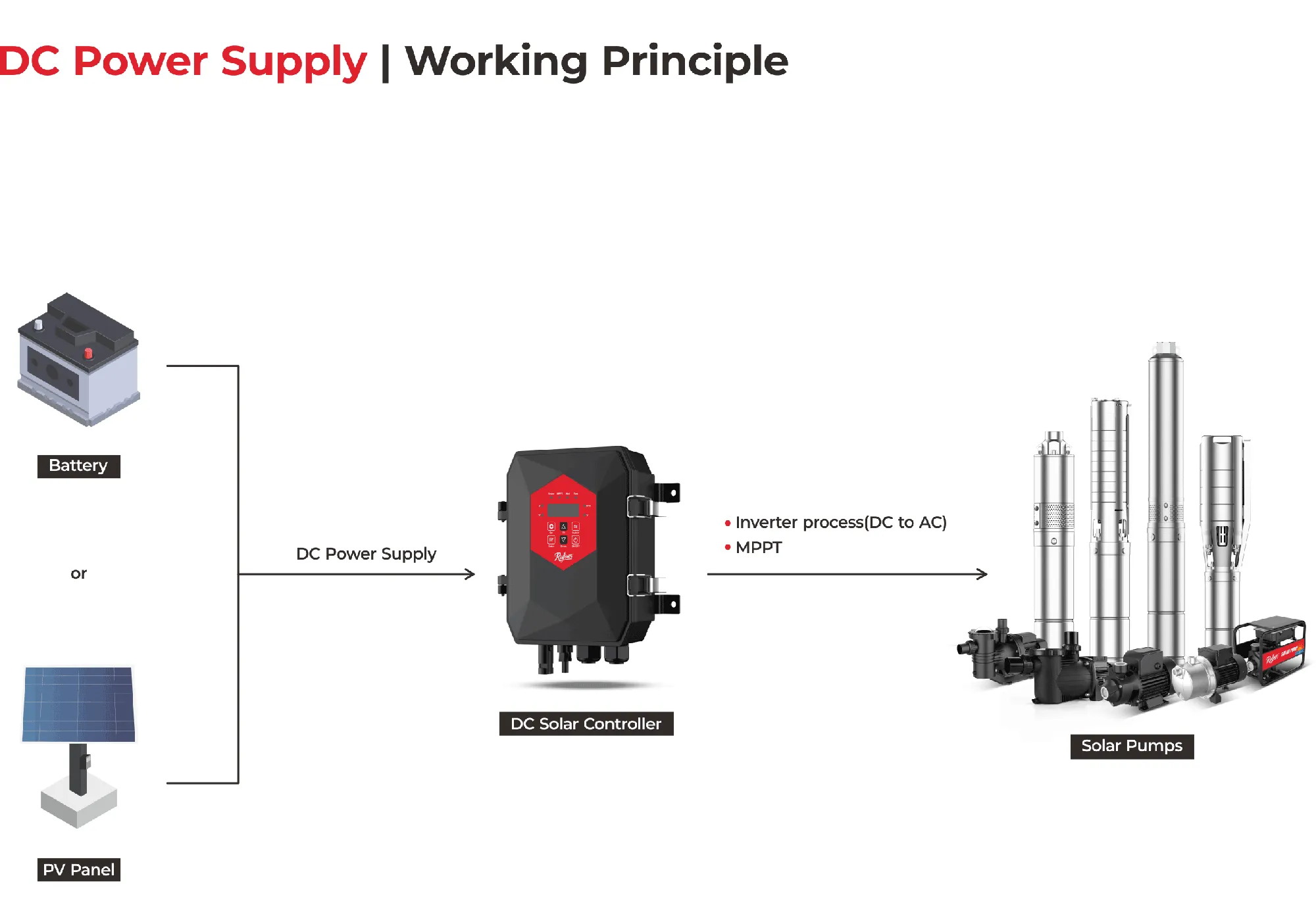
In my career, I've seen people try to connect panels directly to a pump. It never ends well. The controller is not an accessory; it is the core of a reliable and long-lasting system. Let’s talk about exactly why it is so important.
Maximizing Power with MPPT
The voltage from solar panels is not constant. It changes based on the sun's intensity. A pump motor needs a specific voltage to run well. The controller's Maximum Power Point Tracking (MPPT) acts as a smart power converter. It constantly adjusts the electrical load to find the perfect balance of voltage and current. This gets the most possible power from the panels at all times. Without MPPT, you could lose up to 30% of your potential power.
Protecting Your Investment
The pump is often the most expensive part of the system. The controller acts as its guardian. It provides critical protection against many electrical problems that can destroy a motor.
Here are some common protections a good controller offers:
| Protection Type | What It Prevents |
|---|---|
| Dry Run Protection | Damage from running the pump when there is no water. |
| Over-voltage | Damage from too much voltage from the panels on very sunny days. |
| Under-voltage | The pump stalling or overheating when there is not enough sun. |
| Over-current | Damage from electrical surges or if the pump gets jammed. |
| Reverse Polarity | Damage from accidentally connecting the panels backward. |
Skipping the controller is like trying to drive a modern car without its computer. It might work for a very short time, but failure is certain. It is essential for a long-lasting, efficient system.
Can a solar pump work without sunlight?
Do you need a reliable water supply, even at night? A standard solar pump will stop when the sun sets. But new hybrid technology ensures you have water whenever you need it.
A standard DC solar pump cannot work without sunlight; it needs direct solar energy. However, for 24-hour operation, you can use a hybrid solar pump. This type automatically switches to AC grid power when sunlight is low, guaranteeing a continuous water supply.
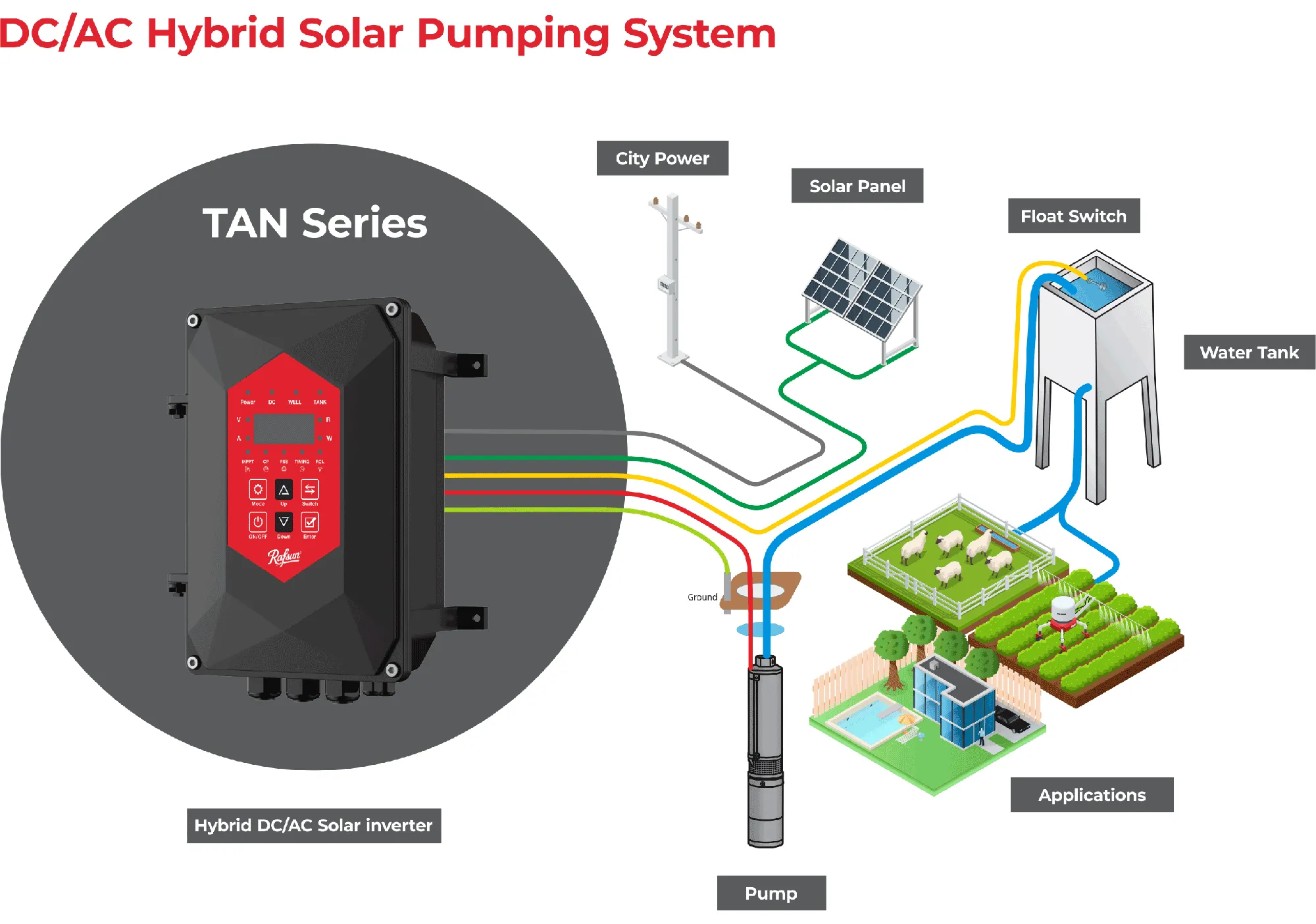
This is a question I get a lot from factory managers and farmers who cannot afford any interruption in their water supply. The answer depends completely on the type of system you install. Let's look at the two main options that we offer at Rafsun.
Standard DC Solar Pumps
This is the most simple and common setup. The pump gets its power only from the DC electricity your solar panels produce. When the sun is shining brightly, the pump works at its full potential. When the day is cloudy, it slows down. At night, it stops working entirely. This setup is perfect for applications like filling a storage tank during the day for later use. It is simple, has fewer parts, and is very affordable.
Hybrid AC/DC Solar Pumps
For critical water needs, we developed hybrid systems. Our Hybrid Solar Pump controllers have inputs for both DC power from solar panels and AC power from the grid or a generator. The system is intelligent. It will always prioritize using the free energy from the sun. But if the weather gets too cloudy or it gets dark, the controller automatically switches to the AC power source. This ensures the pump continues to run without interruption.
Here is a simple comparison:
| Feature | Standard DC Pump | Hybrid AC/DC Pump |
|---|---|---|
| Power Source | Solar Panels Only | Solar Panels & AC Grid |
| Operating Time | Daytime Only | 24/7 |
| Complexity | Simple | More complex wiring |
| Best For | Tank filling, non-critical irrigation | Critical irrigation, industrial use, domestic supply |
If you need water around the clock, the hybrid model is the clear choice. It gives you the best of both worlds: free solar energy when it's available and reliable grid power as a backup.
How long can a solar water pump last?
Are you worried if a solar pump is a good long-term investment? You want to buy equipment that will last for years. A well-built system is designed for durability and can operate for decades.
A quality solar pump system is very durable. The solar panels can last over 25 years. The pump motor and controller typically last around 10 years or more. Build quality and proper installation are key to reaching these long lifespans.
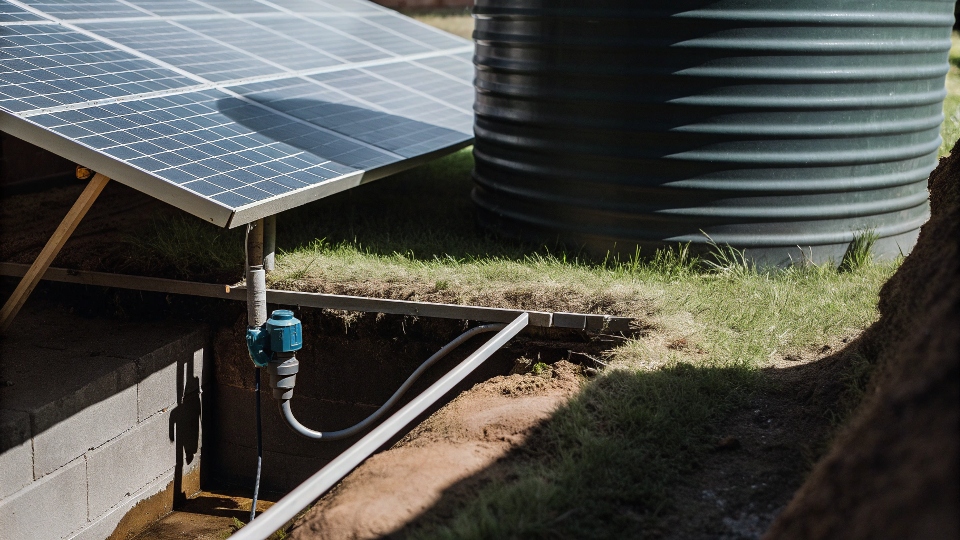
When I speak with clients, especially engineers, durability is always a top concern. A solar pump system is not just one item; it is a set of high-quality components. Each component has its own expected lifespan.
Lifespan of Components
- Solar Panels: These are the most durable part of the system. Most manufacturers, including our company, guarantee their power output for 20-25 years. They have no moving parts. They can easily last much longer with just simple cleaning.
- Pump and Motor: A high-quality brushless DC motor, like the ones we build at Rafsun, is designed for a long service life of over 10 years. The life of the pump end, which is the part that moves water, depends on the water quality. Sandy or gritty water will cause more wear over time.
- Controller: The electronics in the controller are also built to last for around 10 years. The most important factor for its lifespan is protecting it from extreme heat and moisture. It should be installed in a shaded and well-ventilated spot.
Factors that Ensure Longevity
At our factory, we take durability very seriously. Our products go through intense testing, including over 144 hours of salt spray testing. We also do over 1000 hours of UV resistance testing. But a system's life also depends on these factors:
- Quality Installation: A professional installation is crucial to protect wiring and components from the elements.
- Regular Maintenance: This is very simple. It involves cleaning the panels and checking for any loose connections.
| Component | Average Lifespan | Key Maintenance Tip |
|---|---|---|
| Solar Panels | 25+ years | Clean panels periodically. |
| Pump & Motor | 10+ years | Use a pre-filter in sandy water conditions. |
| Controller | 8-10+ years | Keep it cool, dry, and out of direct sun. |
Conclusion
In short, solar pumps are a simple, reliable solution. They transform sunlight directly into water flow. A quality controller is essential for protecting your investment and ensuring long-term performance.


